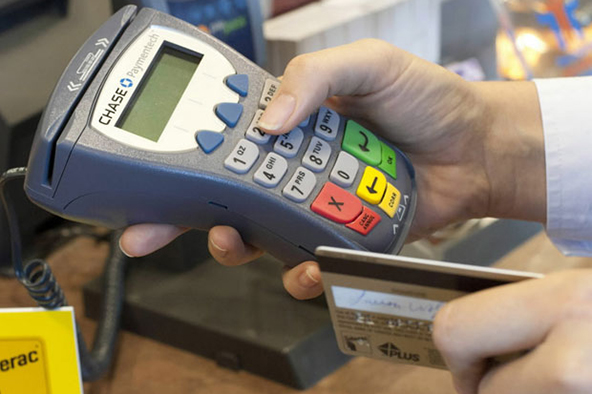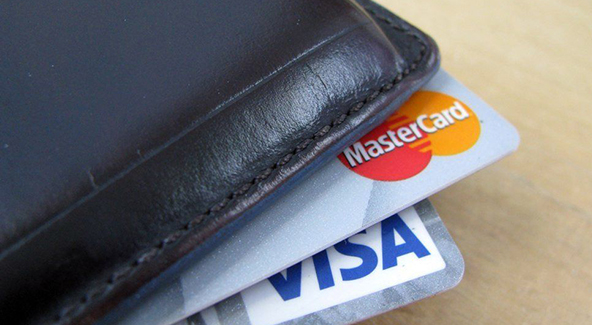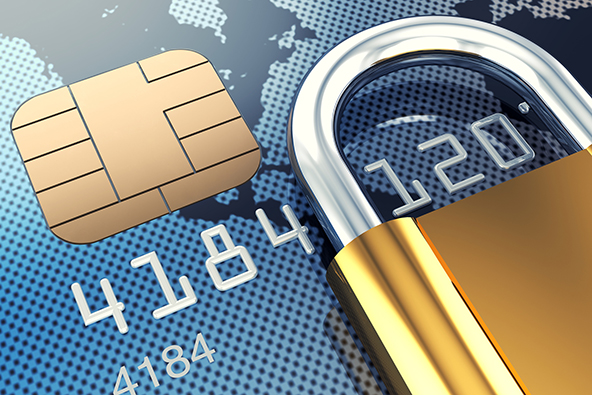PIN-Based Debit Interchange Fees to Rise under New Fed Rules

A lot has been written about the epic struggle between retailers and card issuers over the size of the interchange fees and this blog has been a heavy contributor on the subject. Merchants did seem to get half of what they wanted last year by managing to insert the Durbin Amendment into the sweeping Dodd-Frank legislation, which required the Federal Reserve to ensure that interchange fees on debit transactions are “reasonable and proportional.” We all knew what that meant, only the size of the cut was uncertain until the cap was eventually set at 0.05% of the transaction amount plus $0.22. Each of the warring parties publicly expressed indignation with the Fed’s decision, but I suspect that there was some relief on both sides.
What has largely been missing from the coverage of the debate, our articles included, is a closer look at the numbers. I should’ve done this much earlier and it was a serious omission on my part, because when you do, an interesting picture emerges. It turns out that the new interchange structure will actually hurt some merchants accepting PIN-based payments.
Interchange Basics Once More
Firstly, though, let’s cover the basics once more. As we have pointed out on many occasions, the interchange fees, which are collected by the card issuers, are just one of the two major components of the total processing fees paid by merchants each time a card payment is accepted. The other component is the fee charged by the service provider who facilitates the processing of the merchant’s payments. The fees charged by the service providers remain unregulated.
In order to get a clearer picture on exactly what the debit interchange fee limit means for merchants, however, we would have to look separately at the interchange numbers for each of the two distinct debit transaction groups. As it happens, the Federal Reserve has the data to help us do so.
Before I get started on that, I should reiterate that the interchange cap only applies to debit cards, while credit and prepaid cards are excluded, although there is a twist with the latter payment type that needn’t concern us here.
Interchange Breakdown by Debit Type
According to the Federal Reserve, debit card interchange fees totaled $15.7 billion in 2009, of which $12.5 billion was collected from signature-based transactions and $3.2 billion — from PIN-based ones. Now here are the really interesting numbers from the Fed report:
The average interchange fee for all debit transactions was 44 cents per transaction, or 1.15 percent of the transaction amount. The average interchange fee for a signature debit transaction was 56 cents, or 1.53 percent of the transaction amount. The average interchange fee for a PIN debit transaction was significantly lower, at 23 cents per transaction, or 0.58 percent of the transaction amount.
Why is that interesting? Well, it tells us that some types of merchants accepting PIN-based debit are at a distinct disadvantage. So much so that the new Fed rule will change nothing for some of them, while it will actually raise the interchange cost for many others. Let’s do the numbers.
Updated*. Based on the Fed data, the average PIN-based transaction amount in 2009 was $39.65, which generated $0.23 in interchange, on average (I keep repeating the “average” word because the new rules will affect different merchant types in very different ways). Under the new rules (0.05% + $0.22), the interchange fee on this transaction amount would be $0.24. That’s $0.01 above the 2009 average.
The Takeaway
Now, there are a lot of nuances here, stemming from the huge variety of Visa and MasterCard debit interchange fee structures currently in use (there are dozens of them). The results will look very differently for each individual interchange category. There may even be some additional clause in the Feds Fed’s final rules that has escaped me.
Yet, the averages are what they are and the calculation is very simple. I’m not sure what to make of it, so if anyone knows more about this, please let me know.
*Update: We’ve made an error in our calculations, which a commenter has pointed out. Our original post stated that “[u]nder the new rules (0.05% + $0.22), the interchange fee on this transaction amount [the average PIN-based transaction amount in 2009 was $39.65] would be $0.42.” That was wrong and has now been corrected. Thanks for pointing it out!
Image credit: Canada.com.



Umm…. yeah you misplaced a decimal point in that math. Your percentage point calculation is off by an entire order of magnitude.
You’re calculating .05% of $39.65 as if it’s .5%, or 19.8 cents. But it’s not.
.05% of $39.65 is 1.98 cents. So before, the “average” PIN transaction cost 23 cents, now it will cost 24 cents.
So it’s an essentially meaningless one cent increase. To my knowledge the flat per transaction fee is not indexed to inflation so in fact within a few years it will actually be a lower percentage than it is now.
You’re right, we’ve made an error and the post will be updated to reflect it. In fact, we’ve just created an infographic in which the calculation is done correctly, however the error in the post has gone unnoticed.
We have definitely begun to notice a distinct rise in PIN debit card payment processing and the accompanying fees. This is not all bad, of course.
Nice article that I finally read. Hopefully my comments will be read also but I wanted to bring a little more clarification into this issue and add some predictions. Signature based debit will be a flat .05% plus $.21 with no distinction between any debit card type or transaction type such as swipe vs. keyed in or web initiated. You are correct in saying that the pin based transaction will be more but it is even more then what you stated. Base cost is actually the same as above at .05% plus $.21 as opposed to the $.22 you listed. I assume you are including the $.01 for fraud prevention but that only applies to about 1/2 of the debit networks. There will also be a switch fee that ranges from about $.025 to $.06 depending on the network. Most are at $.03. So with a major network such as Star it would come to $39.65 x .05%($.0198) plus $.21 plus $.01 plus $.03 comes to $.2698 or $.27 average.
Now that consumers are getting hit with fee’s from their bank I expect a major shift in debit card usage to go to other payment types. Digital Transactions pole showed over 60% of debit card users would shift their usage right away if any fee was charged. I will predict that most will shift back to their credit cards and that will hurt the merchant even more since credit card interchange is already more then what the debit interchange used to be. Lose lose situation for merchants and consumers. I have much more to say but lets just go with that.
Hello Todd,
Thanks for the input. The article only deals with the rise or fall in Visa and MasterCard interchange with the introduction of the new fee structure and not with the debit network fees, although you are absolutely right about the fact that their fees will have to be taken into account.